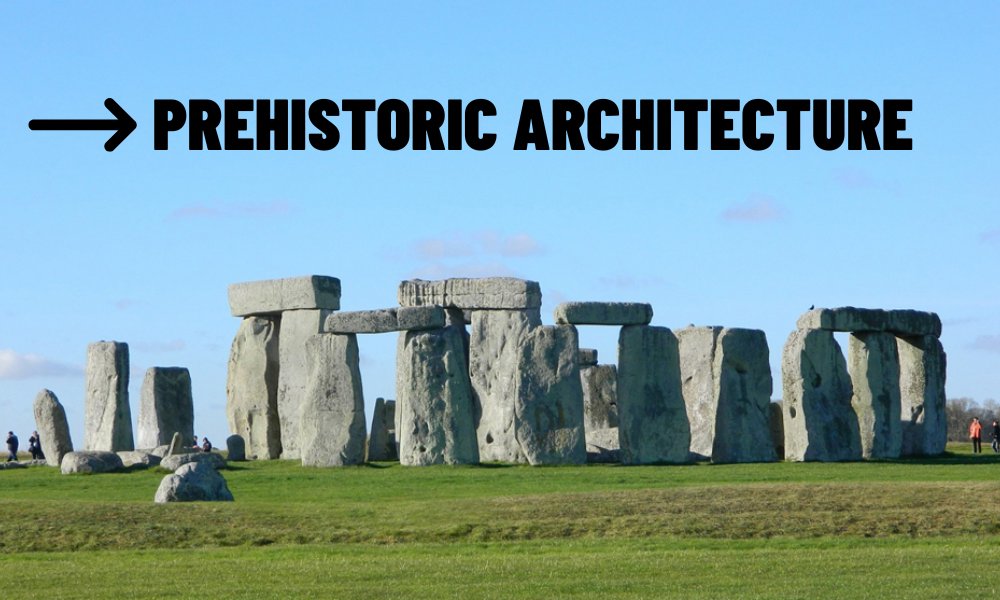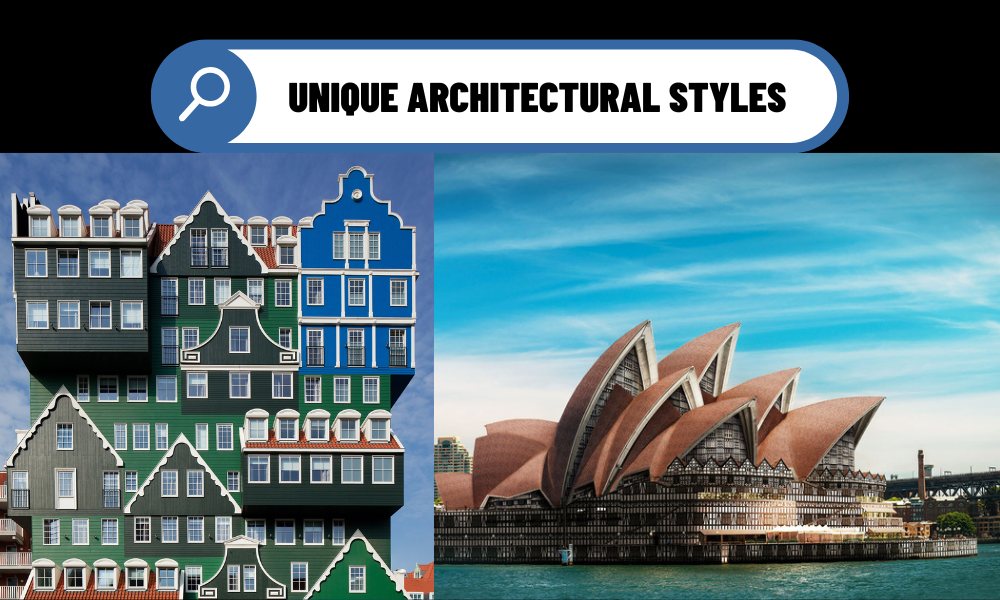From primitive huts to voice-controlled homes, architecture has always evolved with human needs. Understanding prehistoric architecture offers valuable insight into how shelter, environment, and innovation have shaped the spaces we live in today. Surprisingly, many principles from ancient times still influence modern smart home design, especially in areas like sustainability and natural living.
Prehistoric architecture marks the beginning of human-built environments, designed for survival, community, and connection to nature. Though far removed from today’s smart homes, many core ideas from prehistoric dwellings — like efficiency, thermal control, and material harmony — still guide architectural thinking in the digital age. This article explores how our earliest homes laid the groundwork for intelligent design today.
Contents
1. What Is Prehistoric Architecture?
Prehistoric architecture refers to structures built before written history — spanning from the Paleolithic to the Neolithic periods. These include:
- Caves and rock shelters
- Mud huts and thatched roofs
- Stone circles (like Stonehenge)
- Megalithic tombs and dwellings
They were built using local, sustainable materials: clay, stone, wood, and animal hides — all optimized for the surrounding environment. While basic by modern standards, these dwellings show early signs of spatial planning, thermal regulation, and communal living — themes still vital in smart home design.
2. Human Needs Then and Now: Surprising Parallels
The primary goal of prehistoric architecture was survival. But beyond mere shelter, it addressed:
- Climate control (via earth insulation or cave use)
- Resource efficiency (only using what was needed)
- Security (protecting from animals and other humans)
- Social interaction (communal hearths or living areas)
Today’s smart homes strive for similar outcomes — only with automation. Smart thermostats, occupancy sensors, and sustainable energy systems automate what prehistoric homes achieved through material and form.

3. Natural Materials Then, Sustainable Materials Now
One of the biggest lessons from prehistoric architecture is the intelligent use of natural resources. In an era of climate change and environmental pressure, smart architecture is returning to this idea through:
- Earth-integrated homes (like Hobbit-style dwellings)
- Rammed earth walls and straw bale insulation
- Passive solar orientation
- Green roofs and biophilic design
Smart homes today often integrate these low-impact materials with IoT-based systems that monitor air quality, lighting, and energy usage — a perfect marriage of ancient insight and modern innovation.
4. Community and Connectivity: Past and Present
Prehistoric settlements prioritized communal space, whether it was a shared fire pit or a large family hut. This social aspect of design remains critical today, as smart homes are increasingly tailored for:
- Shared experiences (home theaters, smart kitchens)
- Remote connection (smart intercoms, family hubs)
- Safety and access (shared user permissions, geofencing)
In many ways, smart homes are a return to community-centric architecture — only digitally enabled.
5. From Prehistoric Villages to Smart Cities
The evolution from prehistoric architecture to the smart city of today is a story of scaling up: from sheltering one family to managing entire urban ecosystems.
- Smart cities build on prehistoric logic by:
- Responding to environmental cues
- Encouraging shared infrastructure
- Prioritizing energy conservation
- Integrating homes into broader ecosystems
Now we use AI, machine learning, and data analytics to amplify what early humans did through observation and intuition. Though thousands of years separate us from the builders of the Stone Age, the goals of prehistoric architecture still resonate: comfort, sustainability, and connection. By honoring ancient building wisdom and fusing it with cutting-edge smart technology, we’re not replacing the past — we’re enhancing it. Our future homes might be smarter, but their roots run deep into human history.



